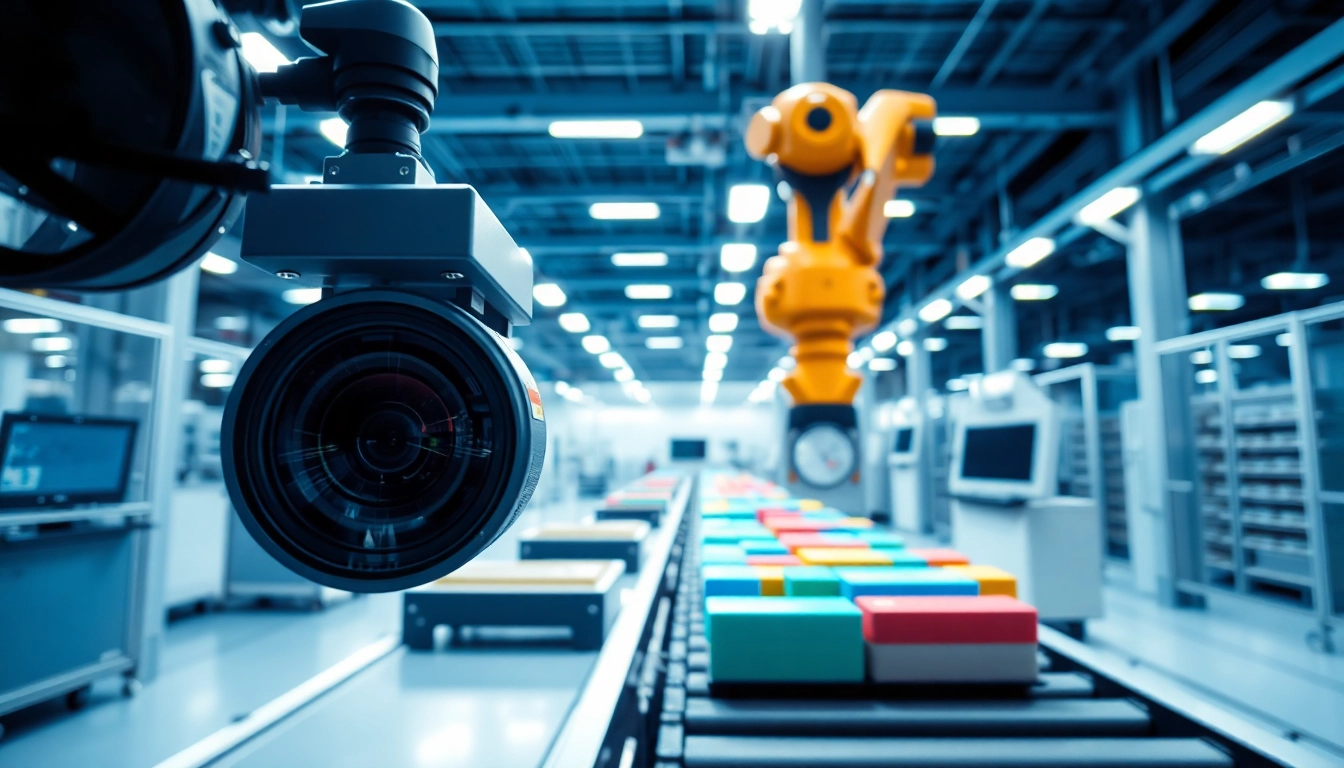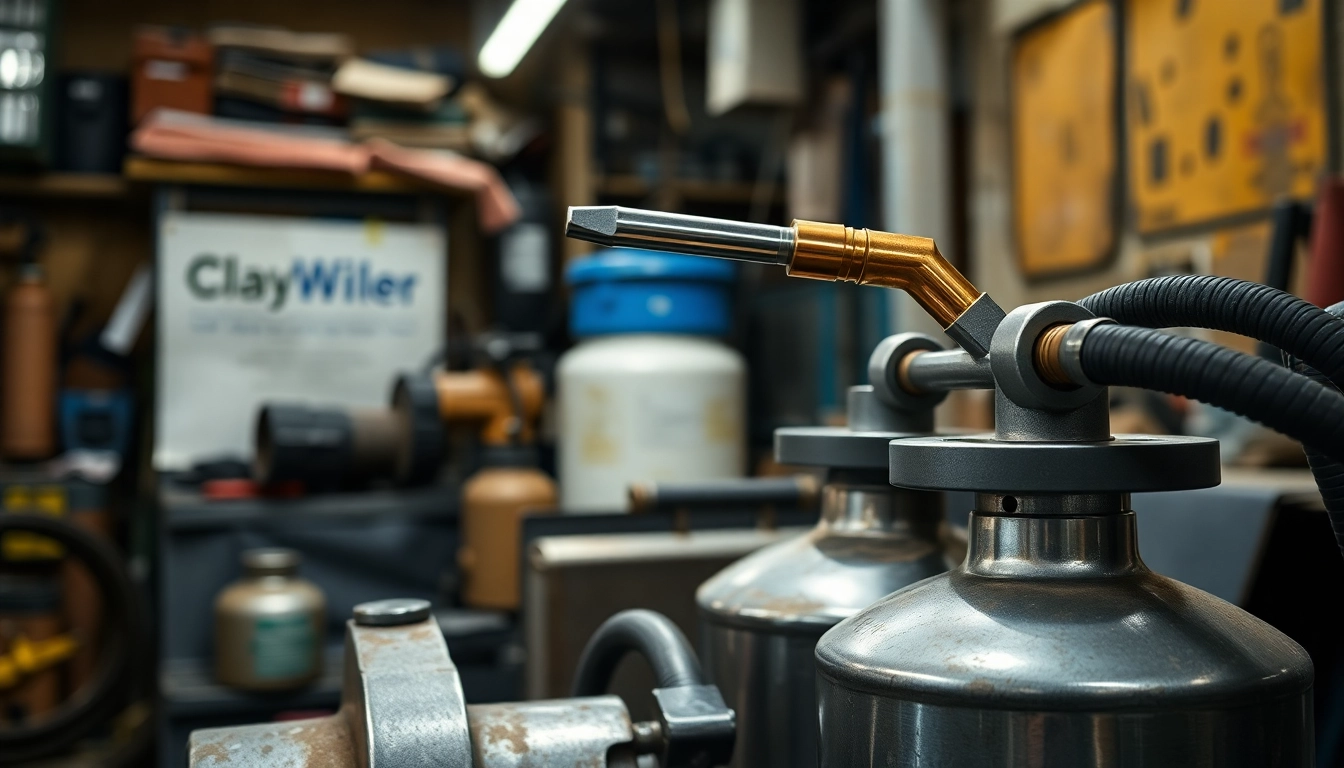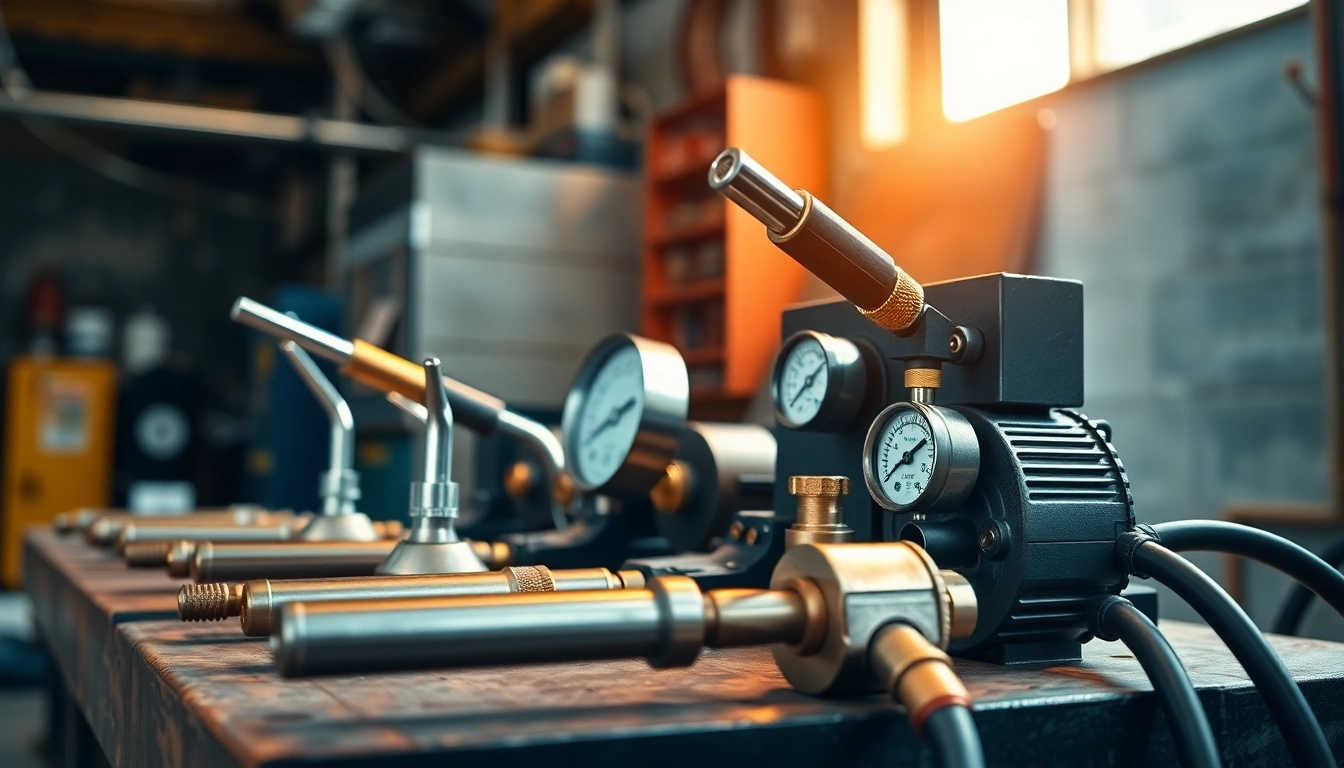What is Machine Vision?
Definition and Key Concepts of Machine Vision
Machine vision refers to the technology and methods employed to enable machines to interpret visual data. This technology is pivotal for automated inspections, guiding robots, and ensuring quality control across various industries. By leveraging imaging technologies, machine vision systems are capable of recognizing patterns, identifying defects, and analyzing images much like the human eye, but with greater precision and speed. As process automation continues to rise, understanding machine vision has become essential for modern manufacturing and industrial sectors.
How Machine Vision Works
Machine vision operates by combining hardware and software components to process and analyze visual data. The system begins with the acquisition of images captured by cameras, which may include various types—such as 2D, 3D, or even hyperspectral cameras. Once these images are captured, they are converted into digital formats through analog-to-digital converters. The next stage is the application of image processing algorithms that enhance images, identify features, and detect anomalies. Finally, data interpretation arrives at decision-making logic, allowing for real-time response actions, such as rejecting defective products or guiding robotic arms in assembly tasks.
Applications of Machine Vision
Machine vision has a wide array of applications across multiple fields:
- Manufacturing Quality Control: Utilizing machine vision systems in manufacturing helps ensure that products meet stringent quality standards by detecting defects during the production line.
- Robotics: Robots equipped with machine vision can navigate complex environments, making decisions based on visual inputs to optimize the efficiency of tasks like assembly and order fulfillment.
- Healthcare: In medical imaging, machine vision assists in analyzing surgical procedures and diagnosing diseases through the examination of medical images.
- Transportation: Machine vision applications in autonomous vehicles enable them to recognize traffic signals, pedestrians, and other vehicles, which are crucial for navigating safely and effectively.
Components of Machine Vision Systems
Cameras and Imaging Technologies
The core component of any machine vision system is its cameras. Depending on the application’s demands, different types of cameras may be used:
- 2D Cameras: Commonly used for simple inspections, these cameras capture flat images to detect faults such as surface defects or proper assembly.
- 3D Cameras: These systems create a three-dimensional view of objects, which is valuable in applications requiring depth perception, such as robotic guidance or quality assurance in complex assemblies.
- Hyperspectral Cameras: Specialized cameras that capture a wider spectrum of light, allowing for materials identification and chemical composition analysis.
Lighting and Optical Requirements
Proper lighting plays a crucial role in the effectiveness of machine vision systems. Various lighting techniques may include:
- Backlighting: Ideal for detecting edges and contours, backlighting can consistently define object boundaries.
- Diffuse Lighting: Used to minimize direct reflections, diffuse lighting is essential in applications where the surface finish plays a critical role in detection.
- Structured Lighting: Employing patterns of light, structured lighting aids in the 3D imaging process and enhances depth perception in object recognition.
Software for Image Processing and Analysis
The software aspect of machine vision systems involves several components, including:
- Image Acquisition Software: Captures images from camera inputs and provides initial processing capabilities.
- Image Processing Algorithms: Employ various techniques such as filtering, edge detection, and pattern recognition to analyze images.
- Data Management Systems: Store and manage the data collected from inspections and analyses, offering insights into process improvements.
Machine Vision vs. Computer Vision
Key Differences Explained
While often used interchangeably, machine vision and computer vision serve different purposes. Machine vision focuses predominantly on automating manual inspection tasks in industrial settings, providing actionable insights that lead to decision-making. In contrast, computer vision employs techniques that allow computers to glean insights from visual data, often resulting in broader applications like facial recognition or scene understanding. Therefore, machine vision could be understood as a subset of computer vision with a specific focus on manufacturing and industrial automation.
Common Use Cases for Each Technology
The use cases further highlight the differences between these technologies:
- Machine Vision: Commonly used in the manufacturing sector for quality control, barcode scanning, and robotic guidance.
- Computer Vision: Found in applications such as self-driving cars, augmented reality, and healthcare image analysis.
When to Use Machine Vision Over Computer Vision
Organizations should opt for machine vision systems when they require automated, real-time analysis and feedback in their manufacturing processes. Conversely, if the application demands broader image interpretation, such as scene understanding or interaction with human facial features, computer vision may be more appropriate.
Benefits of Implementing Machine Vision
Efficiency and Quality Control in Manufacturing
Machine vision systems significantly enhance efficiency in manufacturing by automating inspection processes that would otherwise be manual. In doing so, they reduce human error, ensure consistent quality, and speed up production lines. For instance, a machine vision system can inspect thousands of products per minute, identifying defects that might go unnoticed by human inspectors.
Reduction in Operational Costs
By minimizing defects and wastage, machine vision contributes significantly to cost savings. Over time, investments in machine vision technologies can lead to substantial ROI as they streamline production lines and lower the costs associated with returns and reworks.
Enhancing Safety in the Workplace
Machine vision systems also enhance workplace safety by automating dangerous tasks and reducing the need for human involvement in hazardous environments. For example, in manufacturing, these systems can monitor machinery for signs of malfunction, alerting operators before issues escalate, thus safeguarding employee welfare.
Future Trends in Machine Vision
AI Integration and Machine Learning Impact
The integration of artificial intelligence (AI) and machine learning (ML) with machine vision technologies is poised to elevate the capabilities of these systems. Machine learning algorithms can improve defect detection over time by learning from their historical data. Moreover, AI models can enhance image recognition capabilities, allowing machine vision systems to adapt to new manufacturing conditions or products with ease.
Advancements in Imaging Technologies
Future advancements in imaging technology will likely yield more sophisticated cameras with better resolution, faster processing times, and capabilities for enhanced spectral and color imaging. Such developments can enrich data capture processes, ultimately improving decision-making in automated systems.
Market Predictions for Machine Vision Systems
Industry experts predict that the global machine vision market will continue to experience robust growth, driven primarily by advancements in AI and machine learning, as well as the rising demand for automation across various sectors. Analysts expect that the emphasis on quality control, efficiency, and safety will further accelerate the adoption of machine vision technologies, making it a crucial focus area for organizations aiming to maintain competitive advantages in manufacturing and beyond.



